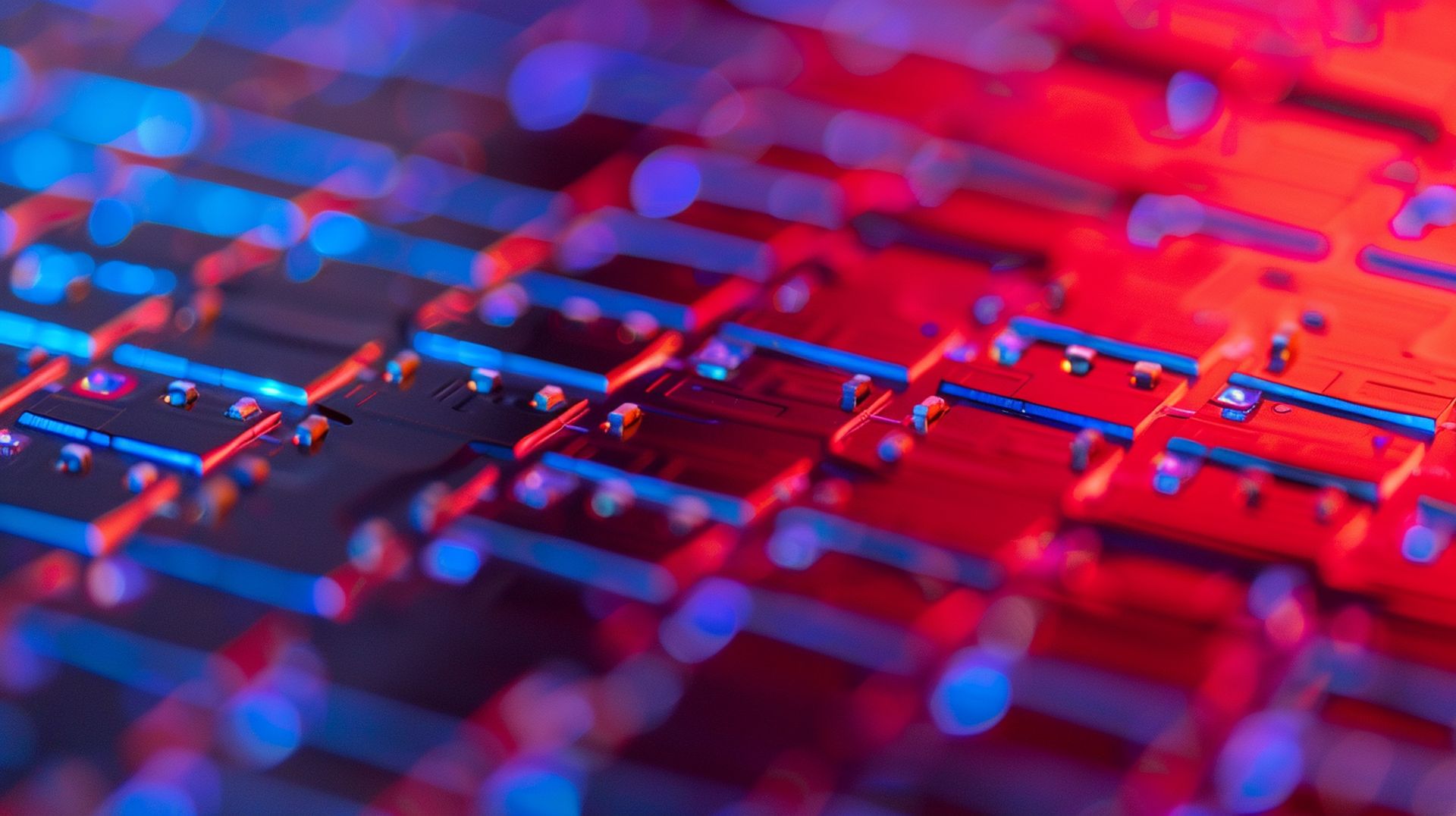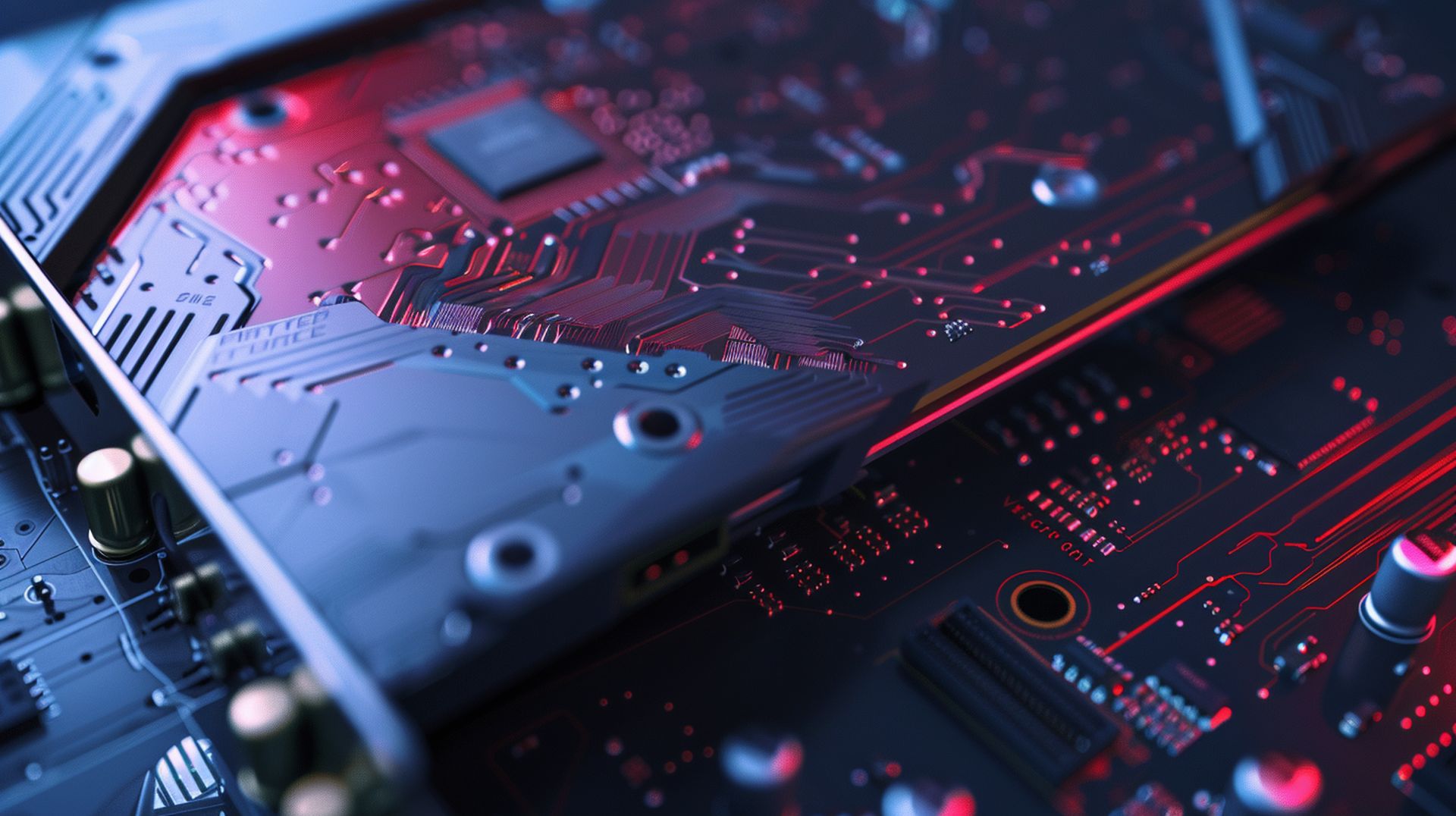Groq sparks LPU vs GPU face-off

The big LPU vs GPU debate when Groq has recently showcased its Language Processing Unit’s remarkable capabilities, setting new benchmarks in processing speed. This week, Groq’s LPU astounded the tech community by executing open-source Large Language Models (LLMs) like Llama-2, which boasts 70 billion parameters, at an impressive rate of over 100 tokens per second.
Furthermore, it demonstrated its prowess with Mixtral, achieving nearly 500 tokens per second per user. This breakthrough highlights the potential shift in computational paradigms, where LPUs may offer a specialized, more efficient alternative to the traditionally dominant GPUs in handling language-based tasks.
What is a LPU?What exactly is an LPU, its functioning mechanism, and Groq’s origins (a name that unfortunately clashes with Musk’s similarly named Grok)? Groq’s online presence introduces its LPUs, or ‘language processing units,’ as “a new type of end-to-end processing unit system that provides the fastest inference for computationally intensive applications with a sequential component to them, such as AI language applications (LLMs).”
Recall the historic Go match in 2016, where AlphaGo defeated the world champion Lee Sedol? Interestingly, about a month prior to their face-off, AlphaGo lost a practice match. Following this, the DeepMind team transitioned AlphaGo to a Tensor Processing Unit (TPU), significantly enhancing its performance to secure a victory by a substantial margin.
This moment showed the critical role of processing power in unlocking the full potential of sophisticated computing, inspiring Jonathan Ross, who had initially spearheaded the TPU project at Google, to establish Groq in 2016, leading to the development of the LPU. The LPU is uniquely engineered to swiftly tackle language-based operations. Contrary to conventional chips that handle numerous tasks simultaneously (parallel processing), the LPU processes tasks in sequence (sequential processing), making it highly effective for language comprehension and generation.
 The big LPU vs GPU debate when Groq has recently showcased its Language Processing Unit’s remarkable capabilities
The big LPU vs GPU debate when Groq has recently showcased its Language Processing Unit’s remarkable capabilities
Consider the analogy of a relay race where each participant (chip) hands off the baton (data) to the next, significantly accelerating the process. The LPU specifically aims to address the dual challenges of computational density and memory bandwidth in large language models (LLMs).
Groq adopted an innovative strategy from its inception, prioritizing software and compiler innovation before hardware development. This approach ensured that the programming would direct the inter-chip communication, facilitating a coordinated and efficient operation akin to a well-oiled machine in a production line.
Consequently, the LPU excels in swiftly and efficiently managing language tasks, making it highly suitable for applications that require text interpretation or generation. This breakthrough has led to a system that not only surpasses conventional configurations in speed but also in cost-effectiveness and reduced energy use. Such advancements hold significant implications for sectors like finance, government, and technology, where rapid and precise data processing is crucial.Top of Form
Diving deep in Language Processing Units (LPUs)To gain a deeper insight into its architecture, Groq has published two papers:
- one in 2020 titled: “Think Fast: A Tensor Streaming Processor (TSP) for Accelerating Deep Learning Workloads“
- another in 2022 called: “A Software-defined Tensor Streaming Multiprocessor for Large-scale Machine Learning“
It appears the designation “LPU” is a more recent term in Groq’s lexicon, as it doesn’t feature in either document.
However, it’s not time to discard your GPUs just yet. Although LPUs excel at inference tasks, effortlessly handling the application of trained models to novel data, GPUs maintain their dominance in the model training phase. The synergy between LPUs and GPUs could form a formidable partnership in AI hardware, with each unit specializing and leading in its specific domain.
LPU vs GPULet’s compare LPU vs GPU to understand their distinct advantages and limitations more clearly.
GPUs: The versatile powerhousesGraphics Processing Units, or GPUs, have transcended their initial design purpose of rendering video game graphics to become key elements of Artificial Intelligence (AI) and Machine Learning (ML) efforts. Their architecture is a beacon of parallel processing capability, enabling the execution of thousands of tasks simultaneously.
This attribute is particularly beneficial for algorithms that thrive on parallelization, effectively accelerating tasks that range from complex simulations to deep learning model training.
 LPU vs GPU: GPUs evolved from gaming to crucial AI & ML tools
LPU vs GPU: GPUs evolved from gaming to crucial AI & ML tools
The versatility of GPUs is another commendable feature; these processors adeptly handle a diverse array of tasks, not just limited to AI but also including gaming and video rendering. Their parallel processing prowess significantly hastens the training and inference phases of ML models, showcasing a remarkable speed advantage.
However, GPUs are not without their limitations. Their high-performance endeavors come at the cost of substantial energy consumption, posing challenges in power efficiency. Additionally, their general-purpose design, while flexible, may not always deliver the utmost efficiency for specific AI tasks, hinting at potential inefficiencies in specialized applications.
LPUs: The language specialistsLanguage Processing Units represent the cutting edge in AI processor technology, with a design ethos deeply rooted in natural language processing (NLP) tasks. Unlike their GPU counterparts, LPUs are optimized for sequential processing, a necessity for accurately understanding and generating human language. This specialization endows LPUs with superior performance in NLP applications, outshining general-purpose processors in tasks like translation and content generation. The efficiency of LPUs in processing language models stands out, potentially diminishing both the time and energy footprint of NLP tasks.
 LPU vs GPU: LPUs are at AI’s forefront, specially made for NLP tasks
LPU vs GPU: LPUs are at AI’s forefront, specially made for NLP tasks
The specialization of LPUs, however, is a double-edged sword. While they excel in language processing, their application scope is narrower, limiting their versatility across the broader AI task spectrum. Moreover, as emergent technologies, LPUs face challenges in widespread support and availability, a gap that time and technological adoption may bridge.
Feature GPUs LPUs Design Purpose Originally for video game graphics Specifically for natural language processing tasks Advantages Versatility, Parallel Processing Specialization, Efficiency in NLP Limitations Energy Consumption, General Purpose Design Limited Application Scope, Emerging Technology Suitable for AI/ML tasks, gaming, video rendering NLP tasks (e.g., translation, content generation) Processing Type Parallel Sequential Energy Efficiency Lower due to high-performance tasks Potentially higher due to optimization for specific tasks Will Groq LPU transform the future of AI inference?The debate around LPU vs GPU has been growing. Initially, Groq piqued interest when its public relations team heralded it as a key player in AI development late last year. Despite initial curiosity, a conversation with the company’s leadership was delayed due to scheduling conflicts.
The interest was reignited by a desire to understand whether this company represents another fleeting moment in the AI hype cycle, where publicity seems to drive recognition, or if its LPUs truly signify a revolutionary step in AI inference. Questions also arose about the experiences of the company’s relatively small team, especially following a significant burst of recognition in the tech hardware scene.
A keymoment came when a social media post drastically increased interest in the company, leading to thousands of inquiries about access to its technology within just a day. The company’s founder shared these details during a video call, highlighting the overwhelming response and their current practice of offering access to their technology for free due to the absence of a billing system.
The founder is no novice to Silicon Valley’s startup ecosystem, having been an advocate for the company’s technological potential since its inception in 2016. A prior engagement in developing a key computational technology at another major tech firm provided the foundation for launching this new venture. This experience was crucial in shaping the company’s unique approach to hardware development, focusing on user experience from the outset, with significant initial efforts directed towards software tools before moving on to the physical design of the chip.
This narrative pins a significant transition towards specialized processors like LPUs, which might start a new era in AI inference, offering more efficient, targeted computing solutions. As the industry continues to evaluate the impact of such innovations, the potential for LPUs to redefine computational approaches in AI applications remains a compelling discussion point, suggesting a transformative future for AI technology.
Image credits: Kerem Gülen/Midjourney
